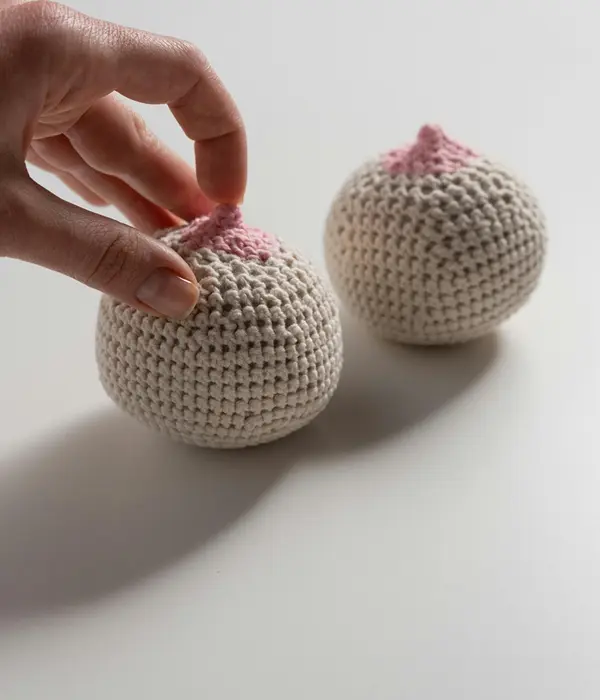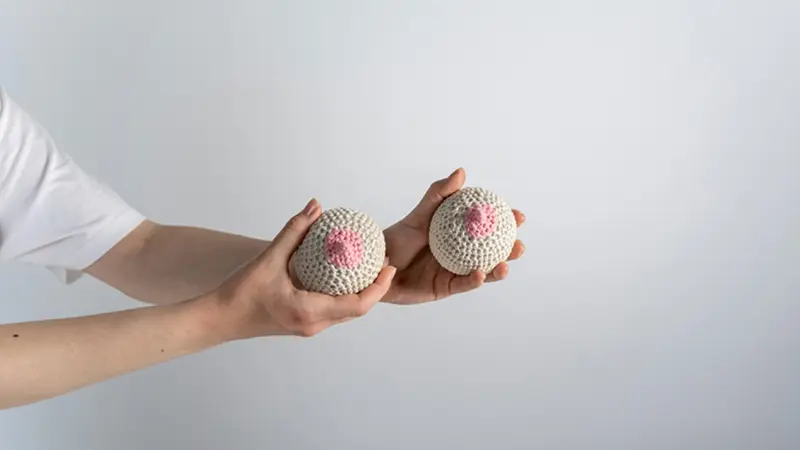Nipple Inversion Correction
Nipple inversion correction is a surgical or non-surgical procedure to correct inverted nipples, a condition where the nipple retracts inward rather than projecting outward.

This condition can be congenital or acquired and might affect one or both nipples. While it is typically a cosmetic concern, in some cases, it can cause functional issues, such as difficulties with breastfeeding or hygiene.
Causes of Nipple Inversion
Congenital
- Short or tight milk ducts pulling the nipple inward.
- Underdevelopment of supporting tissues in the nipple.
Acquired
- Scar tissue or injury.
- Conditions like mastitis or ductal issues.
- Rarely, can be a symptom of breast cancer, especially if it occurs suddenly.
Correction Options
Non-Surgical Methods
- Suitable for mild cases (Grade 1 or 2).
- Suction Devices
- Small suction tools (e.g., Avent Niplette or nipple shields) gently pull the nipple outward over time.
- Requires consistent use for several weeks.
- Breastfeeding Exercises
- Gentle massage or manual stretching techniques can sometimes improve nipple projection.
Surgical Methods
For moderate to severe cases (Grade 2 or 3), or when non-surgical methods are ineffective:
- Milk-Duct Sparing Surgery
- Preserves the milk ducts to allow breastfeeding post-procedure.
- Tight tissues or ducts are released, allowing the nipple to project outward.
- Milk-Duct Severing Surgery
- In cases where breastfeeding is not a priority, ducts are cut for a more definitive correction.
- Results in permanent correction but may eliminate the ability to breastfeed.
- Fat Grafting or Filler Injections
- Sometimes used to support the base of the nipple and maintain projection.
- Stitching Techniques
- Internal sutures are placed to keep the nipple in an outward position.
- Minimal scarring with a natural appearance.
Risks and Complications

- Temporary or permanent changes in nipple sensation.
- Scarring (usually minimal).
- Difficulty breastfeeding (depending on the technique).
- Infection or asymmetry (rare).


